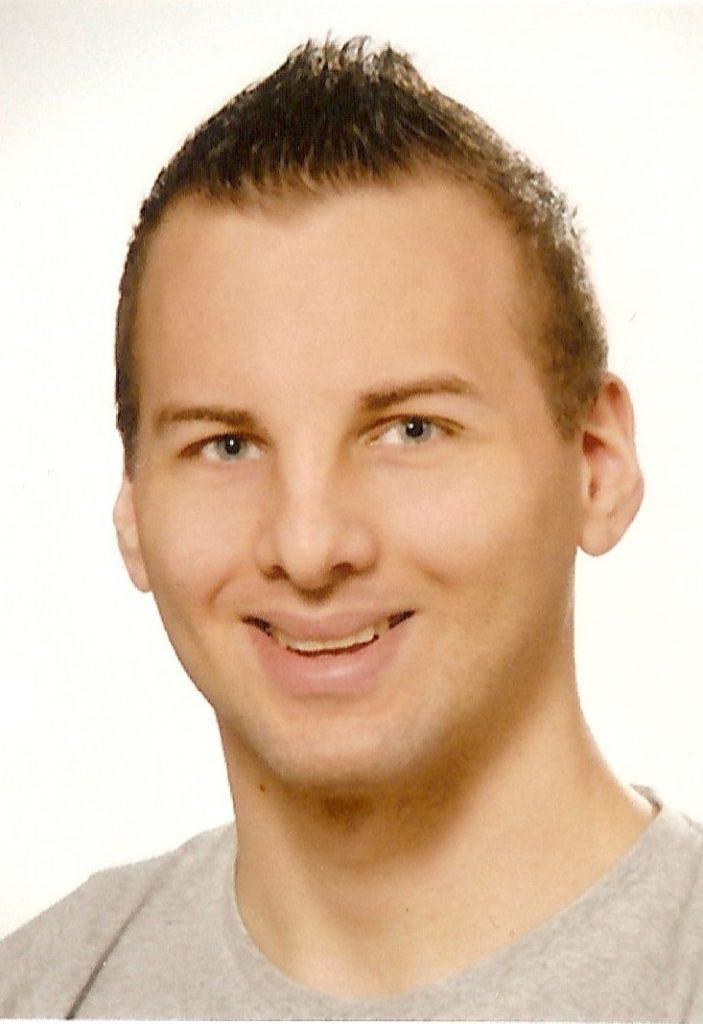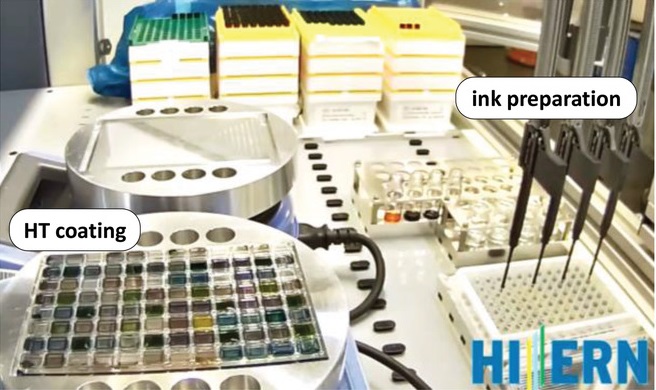Stefan demonstrates an acceleration factor > 50 for a self-driven laboratory over classical high throughput experimentation
Self-driven laboratories are current discussed as a fast and reliable methodology to overcome the limitation of classical high-throughput experimentation. In his most recent article in Advanced Materials, Stefan challenged a robot based high throughput process to identify the most photostable composition for multicomponent polymer blends as required for OPV.

Stefan developed a method for automated film formation which allows the fabrication of up to 6000 films per day. Loic, Florian and Alan Guzik from the University of Toronto supported equipping our automated experimentation platform with a Bayesian optimization algorithm, and together we constructed a self‐driven laboratory that autonomously evaluates measurements to design and execute the next experiments. To demonstrate the potential of these methods, a 4D parameter space of quaternary OPV blends was mapped and optimized for photostability. While with conventional approaches, roughly 100 mg of material would be necessary, the robot‐based platform can screen 2000 combinations with less than 10 mg, and machine‐learning‐enabled autonomous experimentation identifies stable compositions with less than 1 mg

